When trauma is stored in the brain it is stored on a deep emotional level of the body brain. This sub cortical or “body brain” is responsible for our physical and emotional reactions to stimuli. Trauma and PTSD are stored in this part of the brain. Therapy modalities that activate and regulate the sub cortical brain are the methods that work to heal trauma.
Bibliography:
van der Kolk, Bessel A. The Body Keeps the Score: Brain, Mind, and Body in the Healing of Trauma. Penguin Books, 2014.
Ogden, Pat, and Janina Fisher. Sensorimotor Psychotherapy: Interventions for Trauma and Attachment. W.W. Norton & Company, 2015.
Levine, Peter A. Waking the Tiger: Healing Trauma. North Atlantic Books, 1997.
Porges, Stephen W. The Polyvagal Theory: Neurophysiological Foundations of Emotions, Attachment, Communication, and Self-Regulation. W.W. Norton & Company, 2011.
Lanius, Ruth, et al. Healing the Traumatized Self: Consciousness, Neuroscience, Treatment. W.W. Norton & Company, 2015.
Shapiro, Francine. Eye Movement Desensitization and Reprocessing (EMDR) Therapy, Third Edition: Basic Principles, Protocols, and Procedures. Guilford Press, 2017.
Grand, David. Brainspotting: The Revolutionary New Therapy for Rapid and Effective Change. Sounds True, 2013.
Further Reading:
Damasio, Antonio. The Feeling of What Happens: Body and Emotion in the Making of Consciousness. Harcourt Brace, 1999.
Siegel, Daniel J. The Developing Mind: How Relationships and the Brain Interact to Shape Who We Are. Guilford Press, 2015.
Rothschild, Babette. The Body Remembers: The Psychophysiology of Trauma and Trauma Treatment. W.W. Norton & Company, 2000.
Anda, Robert F., et al. “The Enduring Effects of Abuse and Related Adverse Experiences in Childhood: A Convergence of Evidence from Neurobiology and Epidemiology.” European Archives of Psychiatry and Clinical Neuroscience, vol. 256, no. 3, 2006, pp. 174-186.
LeDoux, Joseph E. The Emotional Brain: The Mysterious Underpinnings of Emotional Life. Simon & Schuster, 1996.
Ogden, Pat, et al. Trauma and the Body: A Sensorimotor Approach to Psychotherapy. W.W. Norton & Company, 2006.
Schore, Allan N. Affect Regulation and the Origin of the Self: The Neurobiology of Emotional Development. Psychology Press, 1994.
Mate, Gabor. When the Body Says No: Exploring the Stress-Disease Connection. Wiley, 2011.
Emerson, David, and Elizabeth Hopper. Overcoming Trauma and PTSD. New Harbinger Publications, 2011.



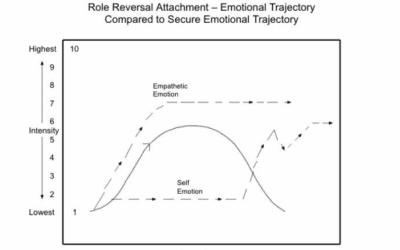

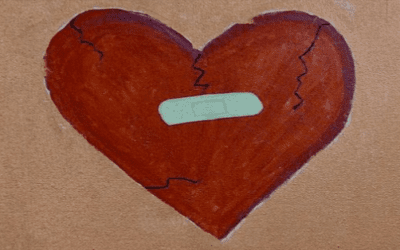





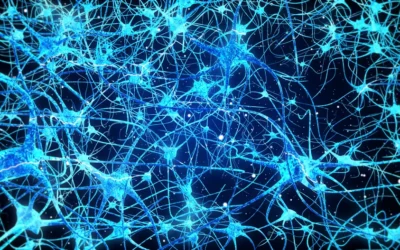










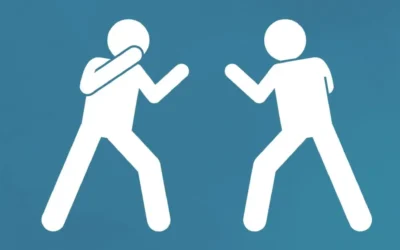
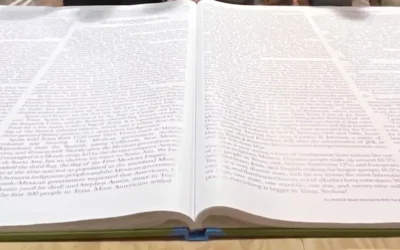



0 Comments